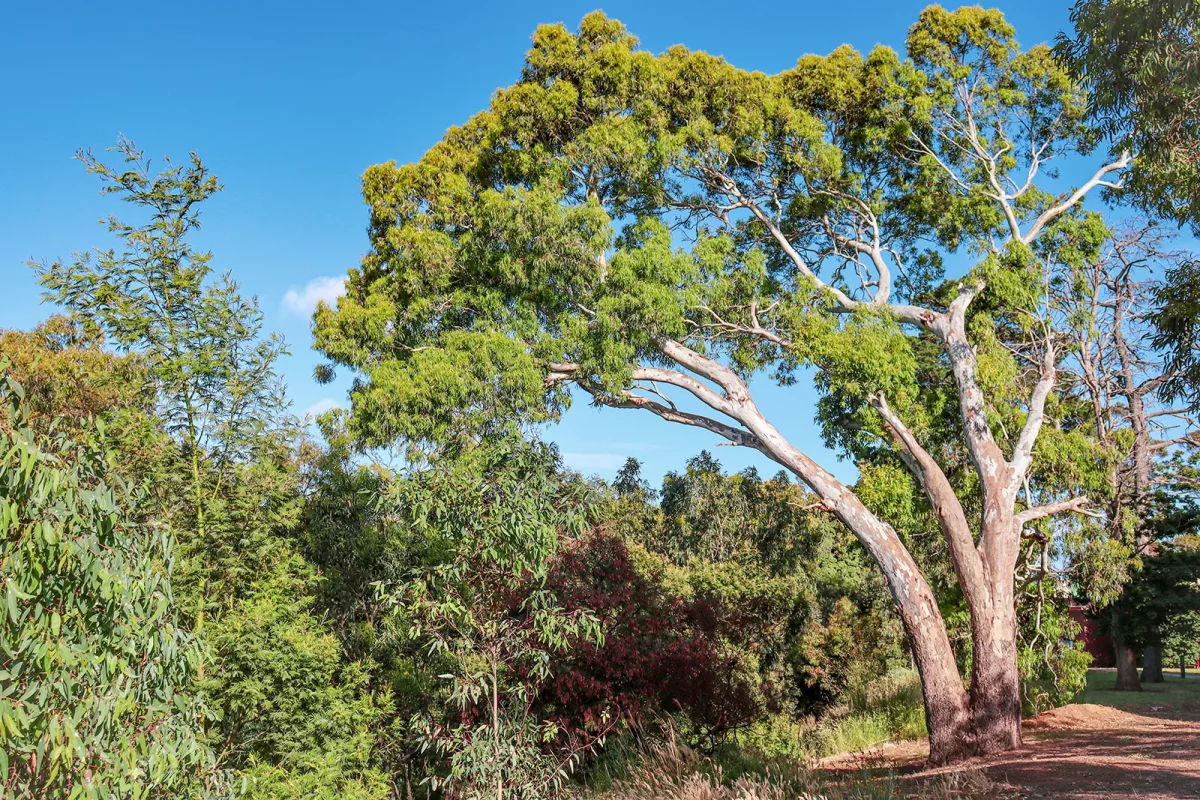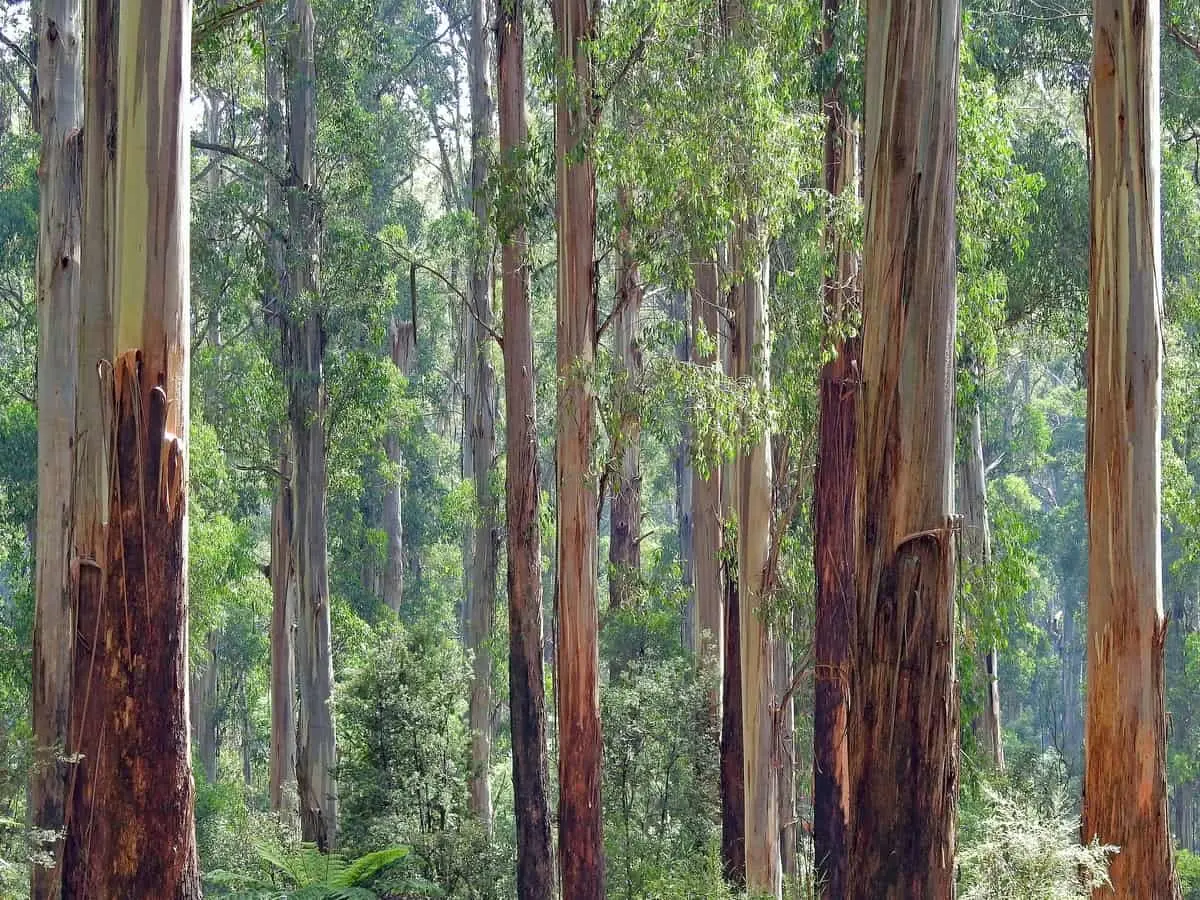Eucalyptus is a fast-growing, tall, evergreen tree native to Australia. A genus of over seven hundred species of flowering trees, shrubs, or mallees in the myrtle family, Myrtaceae.
Eucalyptus trees do well in agroecological areas such as the lowlands and the mountainous highlands. The trees are known for their many uses ranging from wood fuel, building materials, and transmission poles, and their incredible medicinal purposes, among other utilities.

Even so, the National Environment Management Authority (NEMA) is now controlling the planting of eucalyptus trees because of their effects on the environment.
NEMA, a body responsible for taking care of the environment, has banned the planting of eucalyptus trees along riparian areas or shorelines to a distance of at least thirty meters from the highest-ever recorded flood level.
The order dictates that any eucalyptus trees under thirty meters from the riverbanks are to be removed to preserve water sources.
Read Also:Pastoralists now Seek for Pasture in KWS Conservancy Parks
The authority also banned the planting of eucalyptus trees below six meters from road reserves and common boundaries.
“This Restoration is drafted from the Environment Management and Coordination (Amendment) Act 2015 and the subsequent regulations,” the NEMA statement read in part.
Kenya Forest Service also claimed that this species of the tree should not be planted near buildings.
The roots of the Eucalyptus are known to grow meters away from the stem, and the branches can also break off easily.
Planting this type of tree near a neighbor’s buildings or border gives grounds for pressing charges against you in the event they suffer its effects.
On the flip side, eucalyptus trees do well in controlling soil erosion, and can also be planted in waterlogged areas to help drain the excess waters, and marginal lands as well.

In 2020, the former Environment and Forestry Cabinet Sectary Keriako Tobiko ordered the removal of all eucalyptus trees planted near Enapuiyapui wetland, Nakuru County.
President William Ruto Government seeks to plant at least 15 billion trees by 2032 to mitigate the effects of climate change.
According to the National Forest Assessment Report of 202, released in June 2022, the Kenya Forest Service (KFS) stated that the country’s tree cover had hit 12.13 percent.
NEMA was established in 2002 with the sole objective of “supervising and coordinating environmental activities and serving as the main national body to implement environmental policies in all sectors within the country”.
Subscribe to our Youtube channel at Switch tv.
















